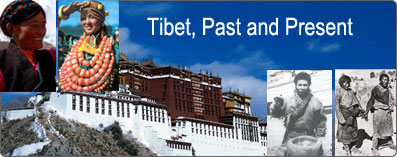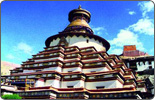Tibet, Past and Present
Videos in Episode

The Qinghai-Tibet Railway
On July the 1st, 2006, ceremonies were held simultaneously in Golmud in Qinghai Province and Lhasa in Tibet Autonomous Region, to mark the completion of the Qinghai-Tibet Railway.

Connecting with the World
Frescos are an important record of history in Tibet. Tangdong Gyibo, who lived from 1361 to 1455, appears on many of them because he built more than a hundred iron cable bridges across rivers in all parts of Tibet.
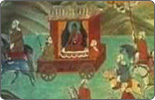
Protection of Tibetan Culture
Native Tibetan culture has developed from two main sources;Tubo culture of the Yalong River valley at Yarlung Zangbo River basin; and the ancient Zhangzhung culture of the western part of the Qinghai-Tibet Plateau.
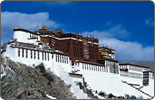
Theocratic System
Theocracy could be described as a dictatorship by the monks and aristocrats. A similar dictatorship used to exist in many parts of the world. But in the 15th century, the European began abandoning the system.
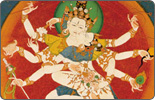
Tibet Buddhism
This is an average Tibetan Buddhist temple. Monks start a new day chanting. Buddhism was introduced to Tibet from Chinese inland, India and Nepal.
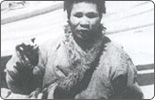
Tibet´s Feudal Serfdom
The Tibet region was a typical slave society between the seventh and ninth century. Over the following centuries, slaves turned into serfs, land became occupied territory and villages became manors of serf-owners.

